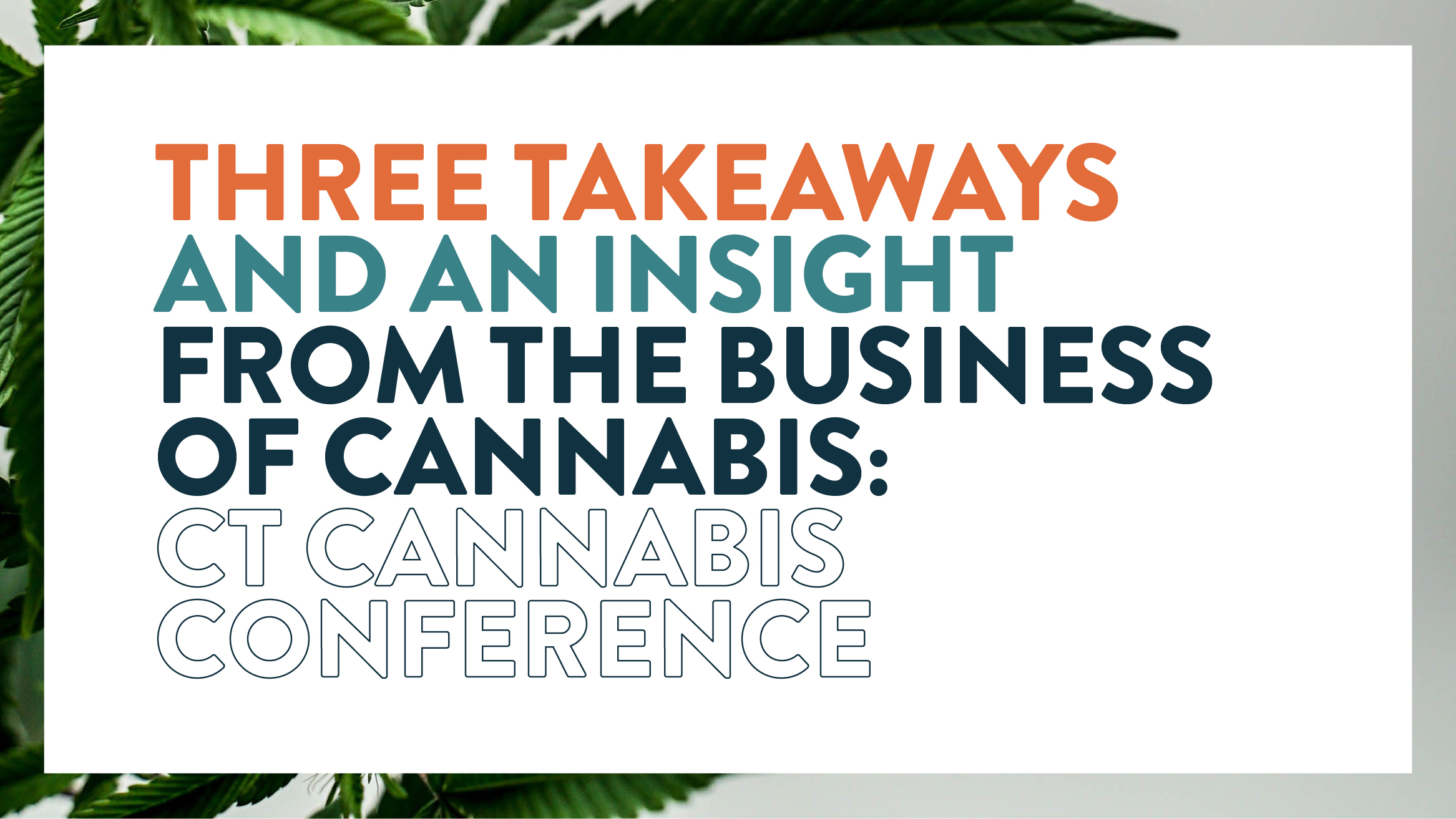Four Takeaways and an Insight from BIOMEDevice Boston and the New England Life Science & BioTech Summit
As healthcare transitions to value-based care and integrations with new technologies arise, transparent communication and effective brand messaging and positioning will reign supreme. In this blog post, Director of Client Service Ben Cadwell and Associate Creative Director Carla Gonzalez share their takeaways and insights from BIOMEDevice Boston and the New England Life Science & BioTech Summit.
1. Digitization in healthcare is rapidly permeating the national ecosystem.
On everyone’s mind (and for good reason) is how organizations can better advance the use of digital health technologies (DHTs). Why? Access and outcomes.
DHTs, such as wearables, telehealth and telemedicine, and mobile health are delivering solutions across the ecosystem, including greater access to care.
For example, they allow for decentralized clinical trials (DCTs)—a substantial leap forward in equitable health—as trials can now occur at locations apart from their traditional sites. The trials gain a greater diversity of participants, geographic reach, and access to populations with specific diseases or challenges—all resulting in better results and patient outcomes.
Another example is the digitization of care at the hospital and provider level. While research and regulations continue to evolve around DHTs, the current benefit to patients is invaluable. Services such as at-home hospital care use integrated platforms and technology to give providers real-time patient data while patients remain in the comfort of their own home.
2. Startups are thriving in Connecticut’s coastal climate.
Bioscience and life science companies are finding the business ecosystem on Connecticut’s shoreline—especially in the New Haven area—beneficial, specifically in economics, access to capital, legislative support, real estate pricing, and talent pools.
Proximity to Boston, New York, and existing institutions, including Yale, Pfizer, and Boehringer Ingelheim USA, further adds to the appeal, providing access to additional research strength and guidance from more established peers.
But, as it happens with popular locales, resources are becoming limited. These startups are all competing for the same financing dollars, employees, and attention from established bioscience and life science businesses. How to articulate their current and potential value will be paramount.
3. In an AI-supported future, humans are still at the center of health.
As digitization takes off, the amount of data available to the industry will grow exponentially. So, it’s no surprise that machine learning, artificial intelligence, and tools such as ChatGPT are being explored as potential solutions for handling this tremendous analytical lift.
However, it was clear that no one is looking to these tools to replace human-based roles and insight. Rather, the goal is to augment human understanding—to undertake competitive research to support new products or devices or comb through patient case data to aid human review.
Specifically, medical device companies see the utmost opportunity to utilize AI for ideation and innovation during the brainstorming phase of product development. However, the questions and challenges faced by many industries remain—from how tools should be regulated to the quality of data and the potential for built-in biases.
The healthcare industry has only scratched the surface of what AI can do to support care, and solutions are likely to evolve a great deal in the next 5-10 years.
4. Connecticut providers and most payers are on the same (new) page.
In the use of AI and the transition to value-based care, notable healthcare providers and payers were on the same page. Similar to perspectives nationally, the theme around AI was responsible implementation and an “augment, not replace” approach.
More specifically, payers and providers saw significant opportunities to address administrative functions that otherwise take time away from a patient/member-centric approach. One example mentioned was utilizing note-recording technology during patient appointments to allow doctors to focus on exams and treatment. That said, the consensus was that AI would never act without human intervention or replace clinicians in the field.
Regarding the current care model, there was agreement that the status quo is flawed, and the move to more proactive, preventative health and value-based care is necessary to generate better outcomes.
The Insight
The industry will look very different in the future—hopefully, the businesses will too.
All companies engaged in innovation will have to articulate the sometimes complex (new device) and scary (AI-supported services) information to patients, members, or other stakeholders. These people are, at best, uninformed and, at worst, skeptical of the system as a whole. A deep understanding of what audiences are feeling and what they need to hear is crucial.
For new entrants, the trick is to avoid falling into the “sea of sameness” that plagues the industry—a distinct brand message supporting an attractive business plan can go a long way in helping them capture the interest of investors, top talent, and buyers.
Lastly, existing organizations bringing on new models, operational approaches, and the like will need to put as much emphasis on internal alignment between business practices and brand values as external efforts. Without internal buy-in, the external customer experience won’t match the message.
While businesses across the ecosystem are venturing into new arenas, the challenges they face are, in many ways, traditional. And helping navigate the new and old is exactly what we’re built to do.



